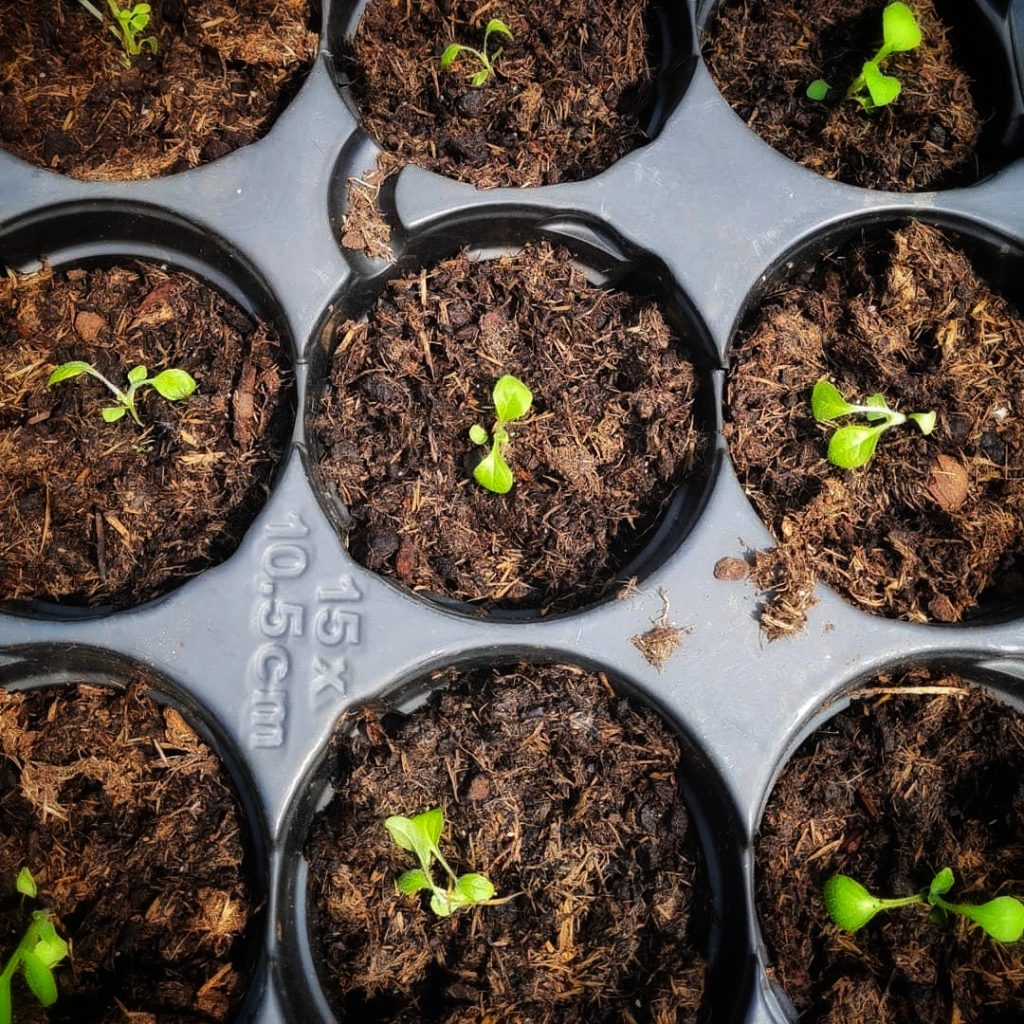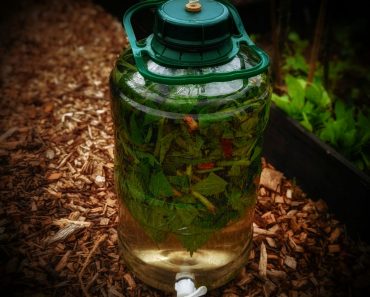There are few flowers as beautiful as the Foxglove. This delightful Biennial are most at home in cottage style gardens and Fairytales! This stunning flower is a real show stopper, towering over the flowerbeds like the queen it is. Here is how I grow my favourite flower …

This post may contain Affiliate Links please see my disclosure policy
Where do Foxgloves Originate from ?
Foxgloves are native to Europe, the Mediterranean region, and the Canary Islands.
Foxglove Folklore
Who doesn’t love a tale or two of magic? The Foxglove has a whimsical and magical quality, an other-worldly presence reminiscent of Enchanted Forests and Fairytale Gardens. Centuries of folklore and magical imagery has seen to that.
Fairies
Foxgloves were said to be a beloved plant of the fairies and their appearance in the wild was an indication of a fairies presence. Likewise, it is said planting Foxgloves in your garden attracted fairies. The tiny speckles inside the flowers were said to be fairy footprints, left behind while they sheltered from the rain in the bell shaped flowers. Legend has it that a Foxglove will sway and bob even without the presence of wind, it is believed the plant is bowing- a greeting to the fairy folk as they passed by.

Why are they called Foxgloves?
It is believed that the fairies taught the woodland foxes to ring the little bell shaped flowers, to warn other foxes of approaching hunters. It’s also thought that their tiny feet were made quiet by wearing the flowers/gloves on their paws, allowing them a quiet escape.

Foxgloves for luck
Centuries ago Foxglove leaves were strewn in babies cradles for protection from evil spirits and placed in the soles of children’s shoes for the same reason. (We now know that foxgloves when consumed are toxic to Humans and animals, certainly not suitable for a Cradle!)
Witchcraft
It was said that White Witches often used dew collected from the blossoms in spells, as a means to communicate with the fairies, longtime friends of the White Witch.
How to Grow Foxgloves
*Something to bear in mind
- All parts of Foxgloves are poisonous and can be fatal if ingested by humans or Animals, if you have a dog that likes to eat flowers -Foxgloves are best avoided. Bear this in mind before choosing to grow them.
- It is also advisable to wear gloves when handling the Flowers and seeds to avoid a potential allergic reaction.

Biennial
Foxgloves are a biennial plant (though some are perennials) A biennial plant will put on foliage in the first year and bloom in the second year before dying.
How to Sow Foxglove seeds

Affiliate links
Here are the Foxglove seeds I buy Digitalis Purpurea
Sow April-June indoors
Direct sow June-August
- Sprinkle the tiny Foxglove seeds thinly into a tray or pots of moist compost.
- Press the seeds gently down to make contact with the surface.
- Foxglove seeds require light to germinate, so please don’t be tempted to cover them with compost.
- Cover with a propagator lid or cling wrap and place on a sunny windowsill
- Seeds should germinate within a matter of days
Potting On
Once the seedlings appear, prick them out and pot on into their own pots.
What is Pricking Out?
Pricking out, is simply the process of separating seedlings growing together and repotting them in individual pots or modules. Top Tip* Lift seedlings by the leaf, never by the stem, you risk the seedling breaking if handled that way.

Let them grow
Allow the Plants to mature a little and put on extra foliage, then begin the hardening off process.

What does Hardening off mean?
Plants raised indoors or in a greenhouse environment, need to be acclimatised to cooler temperatures and increased air movement for about two to three weeks before they are planted outdoors permanently . This is a ‘toughening up’ practice to prepare the plants for their new environment.
How to Harden Off
Place your plants out for a couple of hours in a shady part of the garden. The next day, leave them out again for two hours, but this time allow the plants an hour of direct sunshine in the morning. Gradually continue to increase the length of time the plants are in direct sunshine over the course of roughly two weeks.
Where to Plant Foxgloves
Foxgloves are a woodland plant and are quite happy to grow in dappled shade or full sun , plant in well-drained, moist soil. Avoid planting foxgloves in very wet or very dry soil and give them space.

When to plant out Foxgloves
Plant out in their final spot by the end of Autumn.

How to care for Foxgloves
Deadhead spent blooms after flowering to encourage a second flush of flowers.
Do Foxgloves Self Seed?
Yes Foxgloves will readily self seed, naturally dispersing seeds at the end of their growing season. To avoid this be sure to dead head Foxglove blooms once they are spent.
Want To Harvest your own Foxglove Seeds for Next Year?
The Best Companion Plants for Foxgloves
There are so many but my favourite buddy plant for the foxglove is the Lupin, learn how to grow Lupins Here







